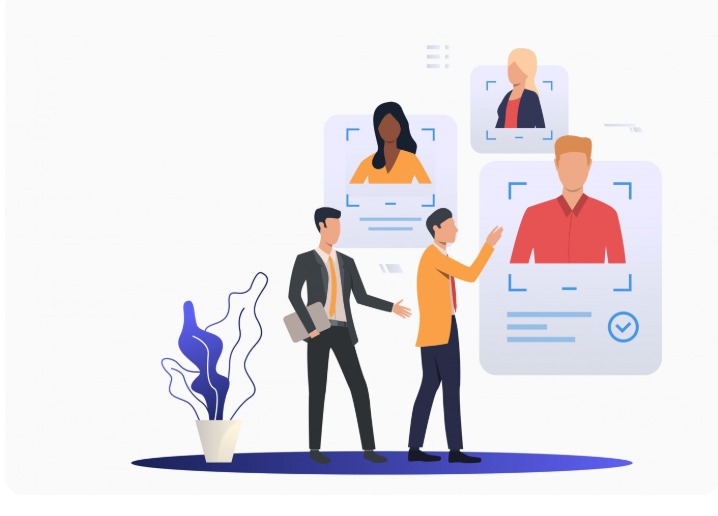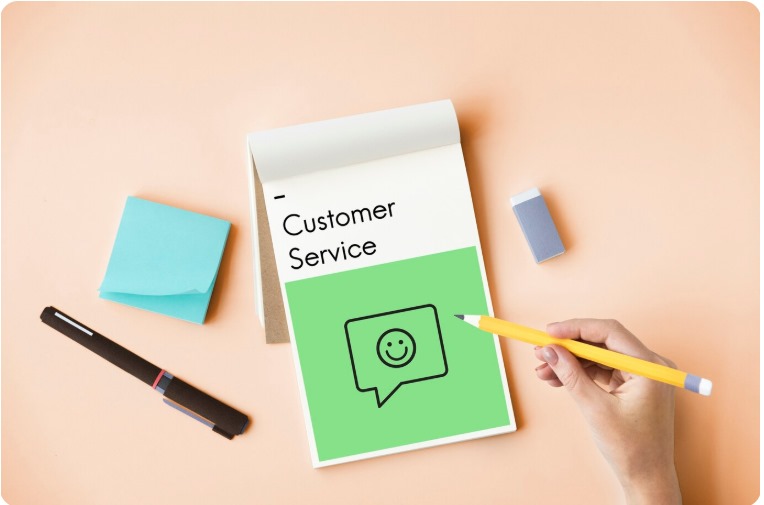Customer onboarding is one of the most critical stages in the customer journey. It sets the tone for the entire relationship and can determine whether a new user becomes a long-term customer or disengages early. A well-designed onboarding process builds confidence, fosters engagement, and ensures customers experience value as quickly as possible. To create a seamless and effective onboarding process, companies must go beyond instruction and focus on engagement. In this guide, you will learn the key strategies for effective customer onboarding and how you can transform a routine step into a powerful tool for customer success.
What Is Customer Onboarding?
Customer onboarding is the structured process of guiding new users through the initial stages of using a product or service. It involves providing the necessary education, resources, and support to ensure customers understand how to use the product effectively and achieve their desired outcomes.
A strong onboarding process typically includes:
- A welcome experience that sets expectations
- Step-by-step guidance on key product features
- Interactive tutorials, walkthroughs, or in-app assistance
- Regular check-ins to ensure customers stay engaged
- Access to support and educational resources for ongoing success
Benefits of Good Customer Onboarding

Investing in a well-designed onboarding process provides significant advantages for both customers and businesses. Some of the key benefits include:
1. Higher Customer Retention
Customers who have a smooth onboarding experience are more likely to stay. When users quickly see value in a product and understand how to use it, they are less likely to abandon it.
2. Increased Product Adoption
A structured onboarding process ensures customers explore and utilize key features. This leads to higher engagement and encourages them to incorporate the product into their daily operations.
3. Reduced Customer Support Costs
When onboarding is clear and effective, customers require less direct support. Proactive education and self-service resources help prevent common issues and reduce the volume of customer service inquiries.
4. Greater Customer Satisfaction and Loyalty
A seamless onboarding experience creates a positive first impression. Customers who feel supported and empowered are more likely to trust the brand and continue using the product long-term.
5. Stronger Customer Advocacy and Referrals
Satisfied customers are more likely to recommend a product to others. When onboarding is well-executed, users are not only engaged but also excited to share their positive experience with peers.
A well-crafted onboarding experience transforms new customers into confident, engaged users. The following strategies can help businesses optimize their onboarding approach and drive lasting success.
Key Strategies to Unlock Effective Customer Onboarding

Here are the core strategies to effectively onboard your customers and accelerate your conversions:
Personalize the Experience
A personalized onboarding experience makes customers feel valued and understood. Rather than offering a generic process, businesses should tailor the journey based on individual needs, industry, and use case.
Personalization can be as simple as addressing customers by name or as advanced as curating onboarding content based on their goals. Segmenting your users and delivering relevant tutorials, recommendations, and messages, businesses can create a more meaningful experience for them. When onboarding feels relevant, customers are more likely to engage, explore key features, and integrate the product into their workflow.
Focus on Early Wins
Customers need to see value quickly. One of the best ways to ensure engagement is by guiding them toward small, early wins, simple tasks or immediate benefits that validate their decision to use the product.
Early successes help build confidence and momentum. Whether it’s completing an initial setup, achieving a measurable result, or unlocking a useful feature, these moments reinforce the product’s value and encourage further exploration.
Simplify the Process
A complex or overwhelming onboarding experience can discourage users before they even begin. If customers struggle to navigate the process, they may abandon the product entirely. To prevent this, onboarding should be intuitive, clear, and free of unnecessary friction.
One way to streamline the experience is by providing simple, easy-to-follow instructions that guide users step by step. Overloading new customers with too much information at once can be counterproductive, making it difficult for them to absorb what is most important. Instead, onboarding should focus on delivering essential guidance first, allowing customers to build confidence before gradually exploring more advanced features.
Visual aids, progress indicators, and interactive elements can also improve clarity and engagement. These tools help users track their progress and reinforce key steps in a way that feels natural rather than overwhelming. Additionally, clear calls to action should direct users toward their next steps, making it easy for them to navigate the onboarding journey without confusion.
Leverage Automation and Technology
Automation plays a key role in making onboarding more efficient, scalable, and personalized. It ensures that customers receive timely guidance, reminders, and support without requiring constant manual intervention from customer success teams. When implemented strategically, automation helps businesses provide a seamless onboarding experience while maintaining consistency across a growing customer base.
Start sending email campaigns that convert
Drive higher engagement, track conversions, and grow your revenue effortlessly. Enjoy 99% inbox delivery, advanced segmentation, higher ROI.
One of the most effective ways to leverage automation is through welcome emails that provide helpful resources and set clear expectations for the onboarding process. These emails can introduce users to key features, share relevant tutorials, and offer direct links to support channels.
In-app messages and guided tours are also valuable tools for real-time assistance. Interactive walkthroughs help users familiarize themselves with the product without having to search for instructions on their own. Chatbots and AI-powered support can further enhance the experience by answering common questions instantly, reducing frustration and improving user confidence.
Another important use of automation is progress tracking notifications. Timely reminders help customers stay engaged, ensuring they complete key onboarding steps without losing momentum. Whether it is a notification about an unfinished setup or a prompt to explore an important feature, automated nudges keep users moving forward.
Provide Ongoing Education and Support
Onboarding should not be viewed as a one-time event. Even after your customers have completed the initial setup, they still need ongoing education and support to fully adopt and maximize the product’s value. Continuous learning opportunities not only improve user experience but also increase retention by ensuring customers continue to see long-term benefits.
Offering a variety of educational resources helps users deepen their understanding at their own pace. Tutorials and documentation provide step-by-step guidance for those who prefer self-service learning, while webinars and training sessions offer interactive opportunities for customers to engage with experts. Regular product updates and feature announcements also play a crucial role in keeping users informed about new capabilities, ensuring they continue to explore and benefit from the full range of features available.
In addition to self-guided learning, proactive outreach from customer success teams can make a significant difference. Personalized check-ins, targeted recommendations, and timely troubleshooting assistance help users stay engaged and overcome potential challenges before they become barriers to success.
Measure Success and Gather Feedback
An effective onboarding process should constantly evolve based on real user experiences. To ensure that onboarding remains aligned with customer needs, businesses must take a data-driven approach, tracking key performance metrics and gathering direct feedback from users.
One of the most important indicators of success is the activation rate, which measures how many users complete the onboarding steps and start actively using the product. Feature adoption rates provide further insights into whether customers are engaging with the most valuable functionalities, helping businesses identify which aspects of the product resonate most with users.
Customer satisfaction scores offer another valuable perspective by capturing direct feedback on how users feel about their onboarding experience. If satisfaction scores are low, it may indicate pain points that need to be addressed. Similarly, analyzing drop-off points can reveal where users tend to disengage or abandon the process, highlighting areas that may need improvement.
Conclusion
A well-executed onboarding process is essential for long-term customer success. It shapes the first impression, drives engagement, and ensures that customers experience real value from the start.
As customer expectations continue to evolve, businesses must continuously refine their onboarding strategies. A thoughtful, well-structured approach builds strong relationships, fosters loyalty, and drives sustainable growth. Implement these strategies to unlock effective customer onboarding processes for your customers.




